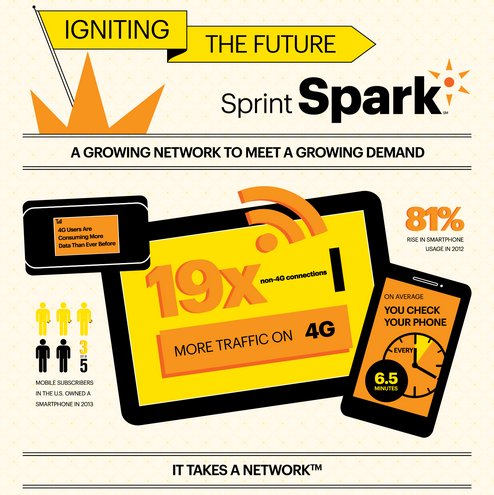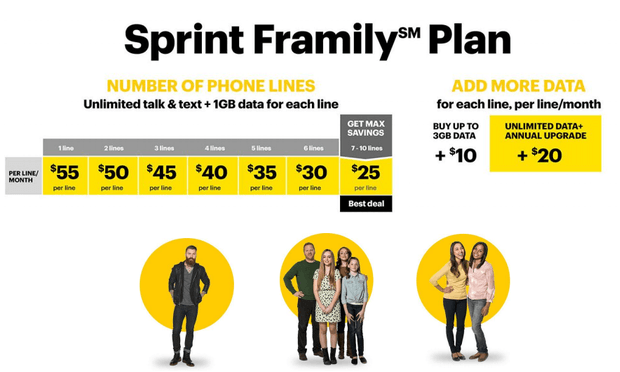
The 1975 Saturday morning heroine
“O My Queen,” said the royal sorcerer to Hatshepsut, “with this amulet, you and your descendants are endowed by the goddess Isis with the powers of the animals and the elements. You will soar as the falcon soars, run with the speed of gazelles, and command the elements of sky and earth.” Three thousand years later, a young science teacher dug up this lost treasure and found she was heir to The Secrets of Isis. Andrea Thomas, teacher, and Isis, dedicated foe of evil, defender of the weak, champion of Truth and Justice.
Three thousand and one years later, AT&T Mobility, T-Mobile USA, and Verizon Wireless used their respective bank accounts to endow themselves with a mobile payment system called Isis they hoped would soar profits, run up your bill, and command the electronic payment universe. They called it Isis.
Three thousand and two years later a group of strict Wahhabist Muslims operating a terror group called the “Islamic State of Iraq and al-Sham” would establish a new caliphate covering sections of Syria and Iraq.
Seconds after they declared the new (generally unrecognized) state, the group set off terrorizing the local infidels and apostates in their midst, a/k/a Shia Muslims and Christians. Although the name of their newly declared independent nation, “Islamic State” is about as catchy as generic paper plates, the group’s abbreviated name was enough to provoke some serious Excedrin headaches.
They call it: ISIS.

The Other ISIS
Checkmate AT&T, T-Mobile and Verizon.
“However coincidental, we have no interest in sharing a name with a group whose name has become synonymous with violence and our hearts go out to those who are suffering,” said Isis CEO Michael Abbott. “As a company, we have made the decision to rebrand.”
Did Abbott just give in to the terrorists? Most Americans wouldn’t know or care, having never heard of the wireless industry’s payment system. In fact, with just 20,000 Isis Wallet activations per day, more Americans likely know that name from the 1975 Saturday morning TV series, The Secrets of Isis.
Which survives longer is open to question. Most consumers really don’t want or need an alternative to existing payment mechanisms.
According to a Forrester report released in December, “Understanding Digital Wallet Options For Your Business,” only 11% of US consumers have a digital wallet. “Driving consumer interest and adoption is a steep, uphill climb in developed markets because the current payment systems work quite well,” the report says.


 Subscribe
Subscribe If that one hour show you just watched online seemed to take an hour and ten minutes to watch, you are not dreaming.
If that one hour show you just watched online seemed to take an hour and ten minutes to watch, you are not dreaming. Greenfield believes cable companies like Comcast are trying to enforce the worst of television from five to ten years ago — an ever-increasing advertising load you can’t skip past that cuts into the time available for programs.
Greenfield believes cable companies like Comcast are trying to enforce the worst of television from five to ten years ago — an ever-increasing advertising load you can’t skip past that cuts into the time available for programs.


 A Mill Valley, Calif. woman was overcharged by more than $3,000 after AT&T removed her company retiree discount and refused to reimburse her for its own billing mistake.
A Mill Valley, Calif. woman was overcharged by more than $3,000 after AT&T removed her company retiree discount and refused to reimburse her for its own billing mistake. Tes is a victim of autobill complacency. The convenience of automatic bill payments has too often given people an excuse not to scrutinize their monthly bills, as long as the amount seems somewhat reasonable. It is only after an unexpectedly high bill arrives when customers finally begin to investigate.
Tes is a victim of autobill complacency. The convenience of automatic bill payments has too often given people an excuse not to scrutinize their monthly bills, as long as the amount seems somewhat reasonable. It is only after an unexpectedly high bill arrives when customers finally begin to investigate. The phone company says it’s the customer’s fault if they don’t analyze their AT&T bill and promptly call attention to billing errors.
The phone company says it’s the customer’s fault if they don’t analyze their AT&T bill and promptly call attention to billing errors.
